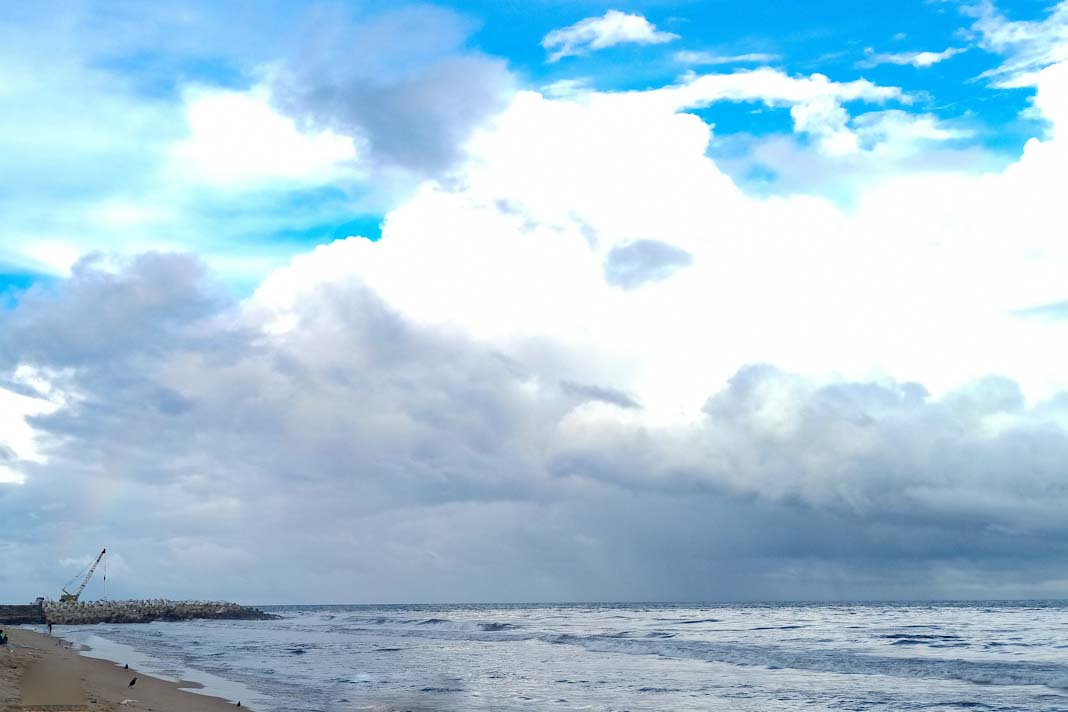- Shipwrecks, numbering three million globally, create biodiversity hotspots, attracting diverse marine life.
- Microbes on wrecks form biofilms, fostering the growth of marine communities, including sponges and corals.
- Shipwrecks pose ecological threats, such as pollutant release and the potential spread of invasive species.
- Collaborative efforts among scientists, archaeologists, and engineers are crucial for understanding and conserving these unique underwater habitats.
For millennia, humans have sailed the vast oceans, leaving behind a legacy of shipwrecks that dot the seabed. While tales of human courage and sunken treasures abound, there’s a fascinating, lesser-known narrative—shipwrecks as thriving underwater habitats. This article delves into the rich biological tapestry that shipwrecks create, attracting diverse marine life and unlocking mysteries of transformation.
Shipwrecks: Underwater Havens
Ships, whether made of metal or wood, introduce foreign structures to the seafloor upon sinking. These wrecks, such as the World War II tanker E.M. Clark, become submerged skyscrapers, offering a unique habitat. The diverse marine life inhabiting these “living shipwrecks” ranges from microscopic organisms to majestic sharks, creating hot spots for biodiversity.
The Origin of a Second Life
The metamorphosis of a shipwreck into a bustling marine metropolis begins with microscopic microbes forming a biofilm on the wreck’s surface. This biofilm becomes a foundation for larval animals like sponges and corals. Almost instantly, fish, sharks, and even marine mammals make shipwrecks their home, marking the beginning of a new chapter for these sunken vessels.
Biological Mysteries and Threats
While shipwrecks contribute to marine biodiversity, they also pose risks. The infusion of pollutants from shipwrecks can harm existing habitats, and deteriorating wrecks may release pollutants into the surrounding environment. Invasive species find new homes on shipwrecks, threatening native ecosystems. Despite their biological significance, shipwrecks demand careful exploration to understand and mitigate potential ecological impacts.
Shipwrecks, numbering in the millions globally, present unique study sites for scientists to unravel the secrets of marine life and habitats. Collaborations among biologists, archaeologists, and engineers, coupled with technological advancements, hold the key to maximizing discoveries and conserving these historical and biological gems hidden beneath the ocean’s surface.
Did you subscribe to our daily Newsletter?
It’s Free! Click here to Subscribe
Source: Marine Link























hello!,I really like your writing so a lot! share we keep up a correspondence extra approximately your post on AOL? I need an expert in this house to unravel my problem. May be that is you! Taking a look ahead to see you.
Thanks, I have recently been looking for info about this subject for a while and yours is the greatest I have discovered so far. However, what in regards to the bottom line? Are you certain in regards to the supply?